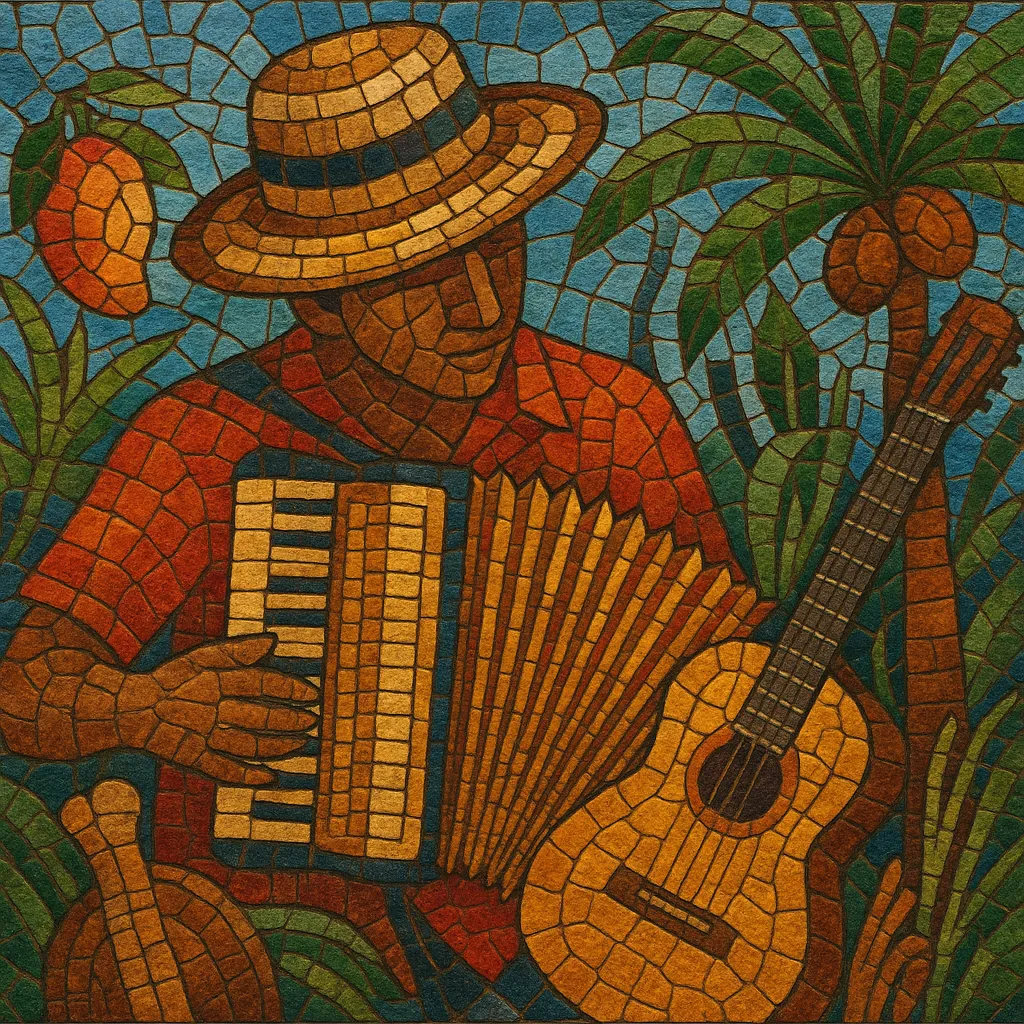Tropipop is a Colombian pop style that blends mainstream pop songwriting with the rhythms, melodies, and instrumentation of coastal and Andean Colombian traditions—especially cumbia and vallenato. It favors bright, radio‑friendly hooks, mid‑tempo grooves, and acoustic textures, often highlighted by accordion riffs, guacharaca, caja vallenata, and hand percussion alongside modern drum kits and electric bass.
The genre emerged in the early 2000s as a youthful, urban reimagining of “tropical” dance music, packaging regional Colombian sounds for national and pan‑Latin pop audiences. Its songs typically use major keys, catchy choruses, romantic or feel‑good lyrics, and clean, polished production aimed at charts and telenovela soundtracks.
Colombia’s pop market of the late 1990s was primed by artists who modernized folk idioms. Carlos Vives’ vallenato‑pop catalyzed the idea that traditional Colombian rhythms could sit comfortably in contemporary pop and rock formats. Building on that blueprint, a new wave of largely Bogotá‑based acts at the turn of the 2000s fused cumbia, vallenato, and other coastal grooves with guitar‑driven pop, giving rise to what the press and industry branded “tropipop.”
Stations, labels, and telenovelas amplified the sound, and acts like Fonseca, Fanny Lu, Bacilos, Cabas, Bonka, Lucas Arnau, and Sin Ánimo de Lucro reached national charts and regional airplay. The hallmarks—accordion hooks, guacharaca/caja textures, upbeat acoustic guitars, and sing‑along choruses—became a recognizable Colombian pop signature across the continent. Awards recognition (e.g., Latin Grammys for some artists associated with the wave) validated its commercial and cultural momentum.
As reggaetón and urban Latin surged, tropipop adapted: collaborations with urban producers, electronic polish, and occasional dembow‑adjacent grooves appeared while core acoustic/tropical elements stayed in place. The style persisted as a staple of Colombian pop identity and a gateway to regional rhythms for younger audiences.
Tropipop normalized folding cumbia and vallenato aesthetics into mainstream pop arrangements, shaping the sound of Colombian radio in the 2000s and informing subsequent fusions in pop and indie scenes. Its approachable, hook‑forward formula continues to influence how Colombian acts package local rhythms for pan‑Latin audiences.


